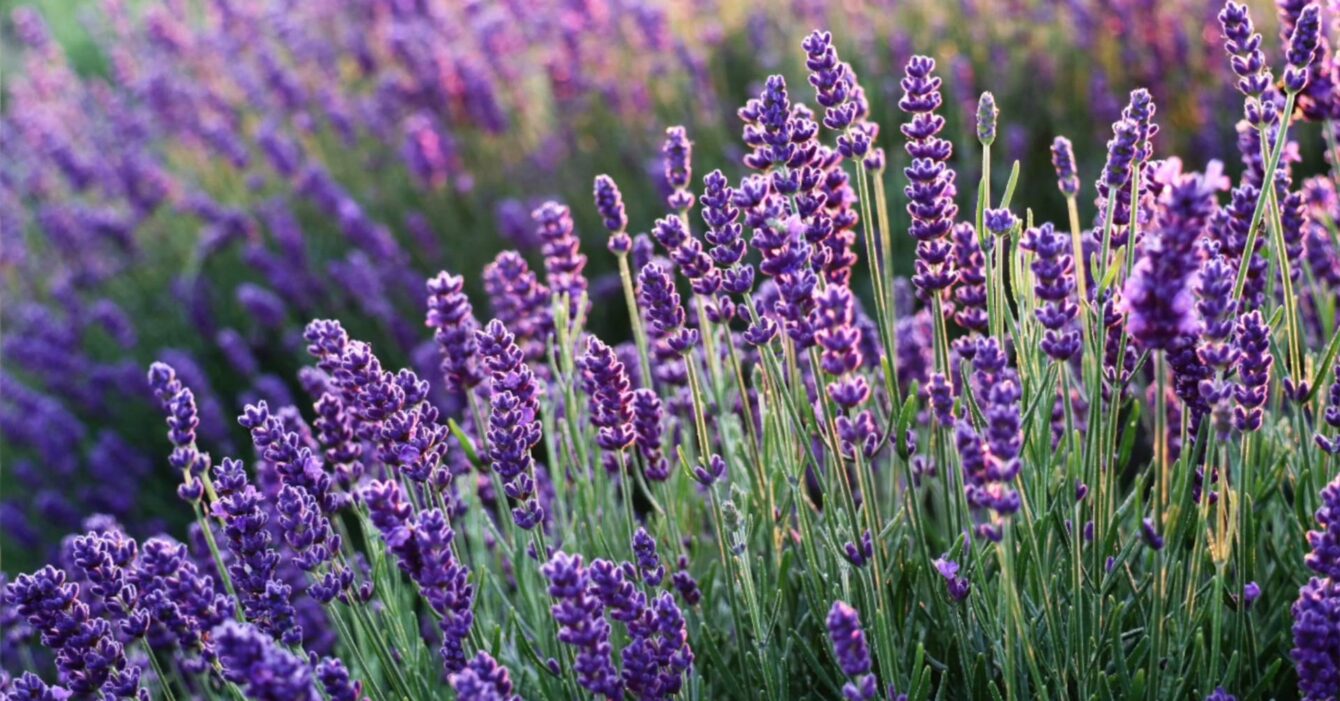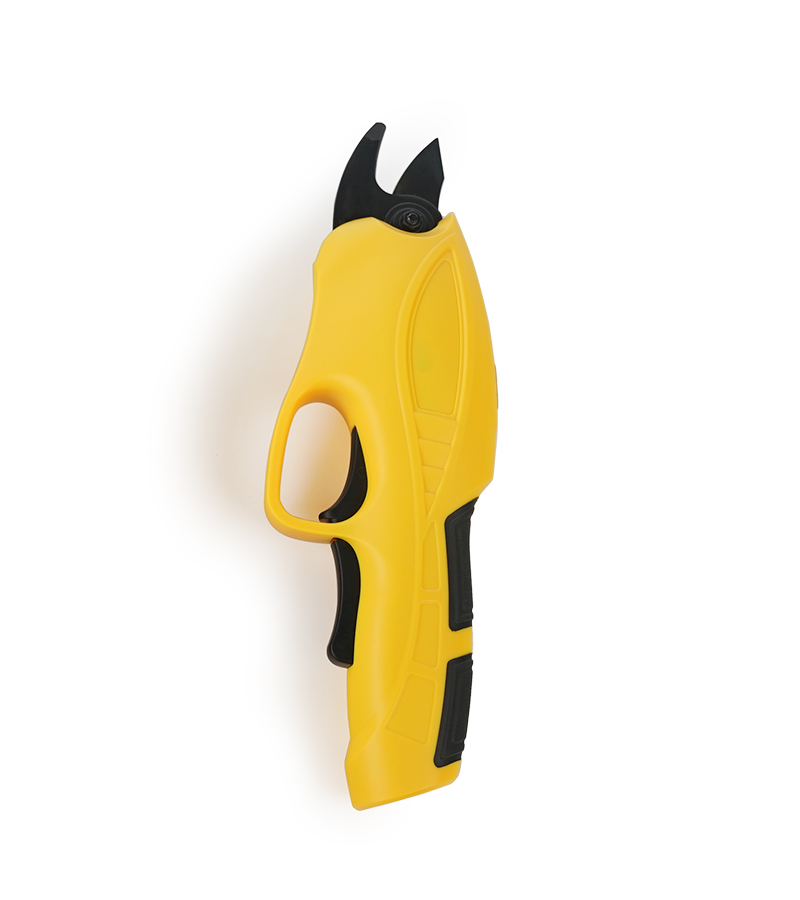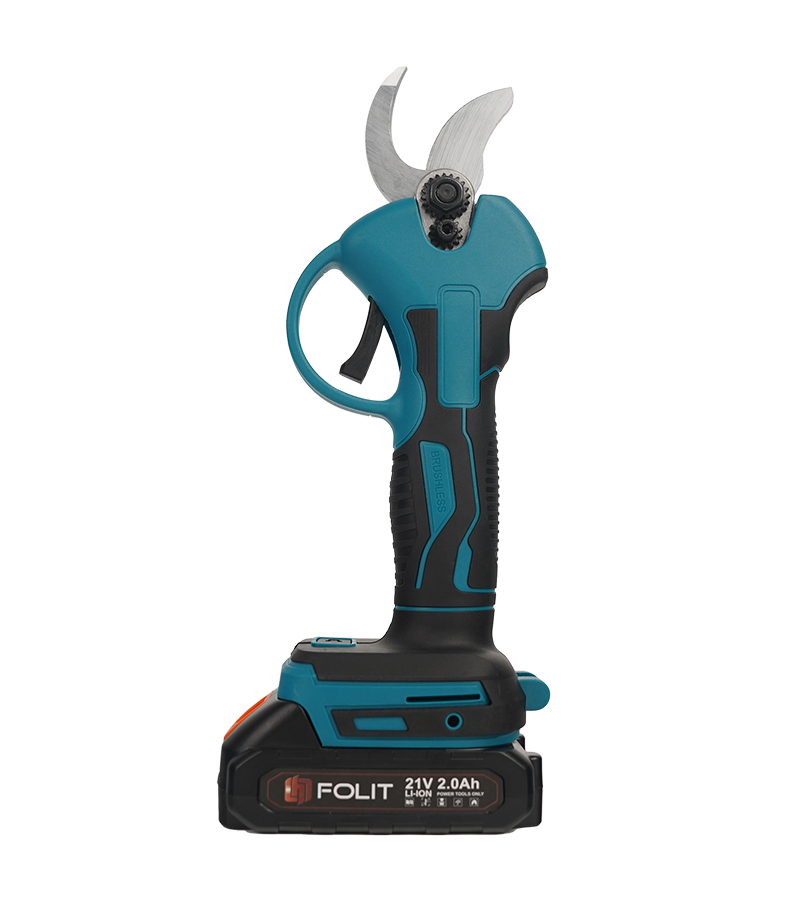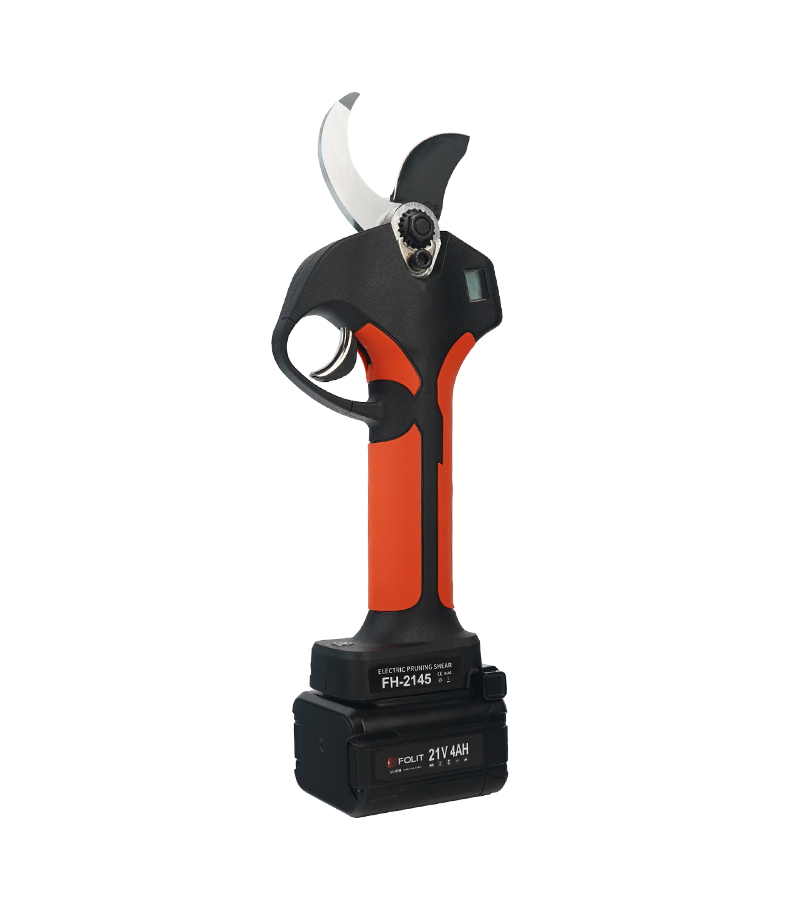Lavender (Lavandula spp.) is one of the most popular plants in UK and European gardens, prized for its fragrance, drought tolerance, and ability to attract pollinators such as bees and butterflies. However, without proper pruning, lavender plants can quickly become woody, lose their shape, and decline in vigor. Regular, well-timed pruning is the key to extending the plant’s life and ensuring abundant blooms year after year.
Why Lavender Needs Pruning
Lavender is a sub-shrub, meaning it produces woody stems over time. If left untrimmed, the plant becomes leggy and less productive. According to the Royal Horticultural Society (RHS), regular pruning can extend a lavender plant’s lifespan from 5–6 years to over 10 years.
Key benefits of pruning include:
- Preventing woody growth: Pruned plants retain a bushy, compact shape.
- Encouraging more flowers: Cutting back stimulates fresh shoots that produce blooms the following season.
- Improving plant health: Better airflow helps reduce fungal problems, especially in damp climates like the UK.
When to Prune Lavender?
Lavender requires pruning twice a year for best results:
- Light Trim in Spring (April–May in the UK/Europe)
- Remove any winter damage and encourage new shoots.
- Cut back lightly, avoiding old woody stems.
- Main Prune in Late Summer (August–early September)
- Prune after the main flowering season ends but before the first frosts.
- This timing allows the plant to recover before winter while setting up growth for the next year.
⚠️ Avoid pruning in late autumn or winter, as fresh cuts are more vulnerable to frost and rot.
How to Prune a Lavender Plant – Step by Step
- Use clean, sharp tools – Secateurs or shears should be disinfected to prevent disease spread.
- Cut back spent flower stalks – Remove faded blooms down to the first set of green leaves.
- Shape the plant into a dome – Aim to create a rounded mound, which helps protect the crown and encourages even growth.
- Avoid cutting into old wood – Lavender does not regenerate well from bare, woody stems. Leave at least 2–3 cm of green growth above the woody base.
- Reduce overall growth by about one-third – Studies from French lavender growers (the largest producers globally, with over 20,000 hectares cultivated) show that controlled annual pruning maintains optimal flower yield.
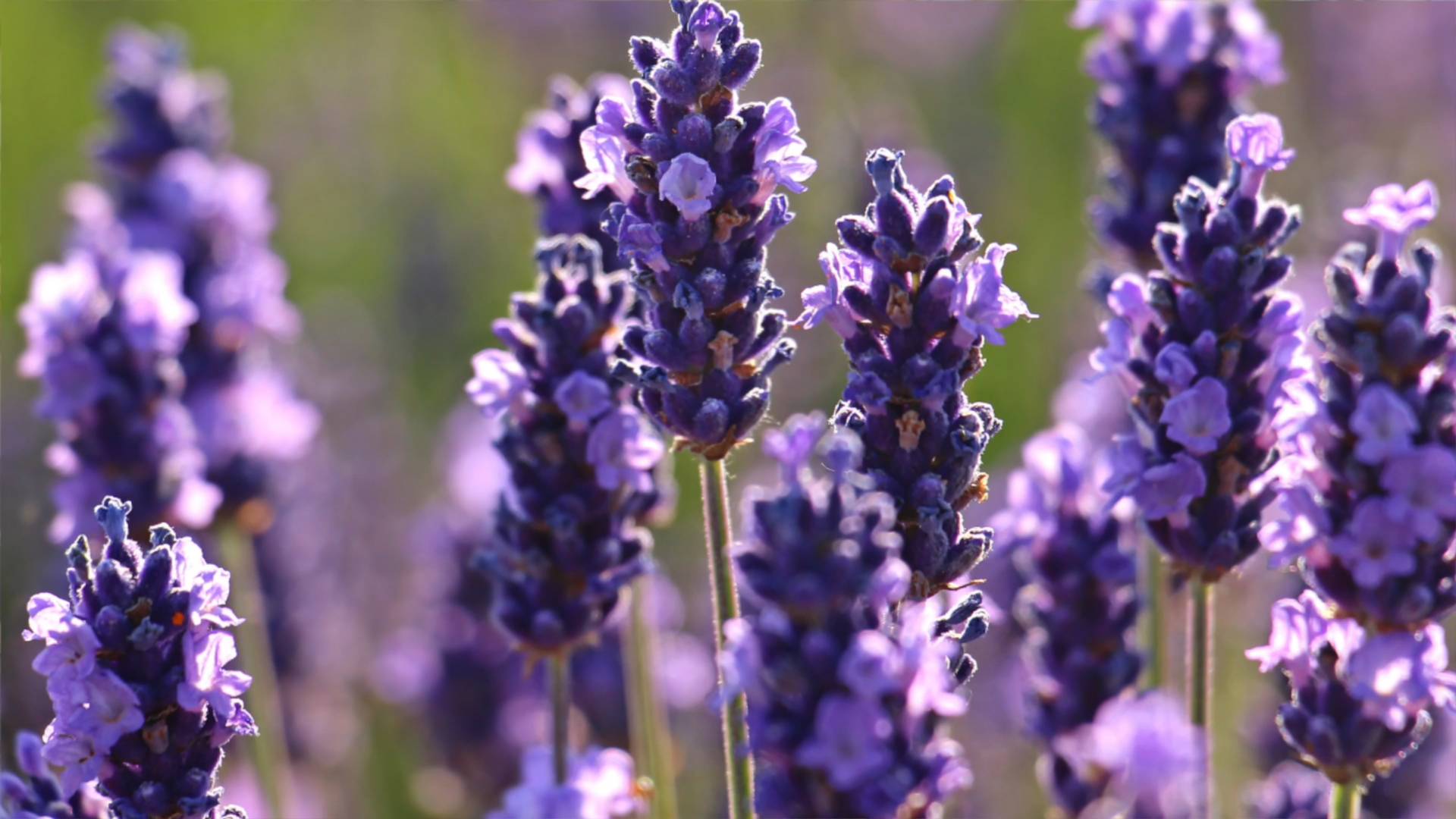
Regional Considerations in Europe and the UK
- UK & Northern Europe: Cooler, wetter climates mean extra care should be taken to avoid pruning too late in the season.
- Southern Europe: Mediterranean climates allow for more flexibility, but over-pruning in hot summers can stress plants.
Aftercare Following Pruning
- Feeding: Apply a light dose of potash-based fertiliser after pruning to support flowering. Avoid high nitrogen fertilisers, which encourage leafy growth instead of blooms.
- Watering: Established lavender prefers dry conditions, but potted plants should not dry out completely.
- Mulching: Use gravel mulch to improve drainage around the crown, especially in wetter regions.
Pruning lavender is essential for keeping it healthy, attractive, and productive. The best approach is a two-step annual routine: a light trim in spring and a more thorough shaping in late summer. By avoiding cuts into old wood and maintaining a rounded dome shape, gardeners in the UK and Europe can enjoy vibrant lavender plants for a decade or more.



